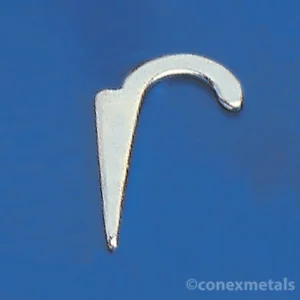EMT Conduit Fittings
EMT Conduit Fittings

| Dimension | |||||
|---|---|---|---|---|---|
| Serial Number | Size | d1 | d2 | h | h2 |
| 1 | 3/8" | 19.5 | G1/2" | 25 | 28 |
| 2 | 1/2" | 22.5 | G1/2" | 28 | 32 |
| 3 | 3/4" | 28.5 | G3/4" | 36 | 41 |
| 4 | 1" | 35 | G1" | 40 | 44 |
| 5 | 11/4" | 44 | G11/4" | 50 | 55 |
| 6 | 11/2" | 50 | G11/2" | 54 | 59 |
| 7 | 2" | 63 | G2" | 64 | 66 |
| 8 | 21/2" | 78 | G21/2" | 70 | 77 |
| 9 | 3" | 90 | G3" | 84 | 94 |
| 10 | 4" | 116 | G4" | 100 | 110 |
EMT (Electrical Metallic Tubing) conduit fittings are a type of electrical conduit fittings designed specifically for use with EMT conduit. EMT conduit is a thin-walled, lightweight metallic tubing used to protect and route electrical wiring in buildings, industrial facilities, and outdoor applications.
EMT conduit fittings serve several essential functions in electrical installations:
- Connectors: EMT fittings are used to connect sections of EMT conduit together, providing a continuous and secure conduit run.
- Bends and Elbows: These fittings allow the EMT conduit to change direction at corners and turns without the need for bending the conduit itself.
- Couplings: Couplings are used to join two sections of EMT conduit end-to-end, extending the conduit run.
- Straps and Clamps: EMT straps and clamps are used to secure the EMT conduit to structural elements like walls, ceilings, or beams.
- Bushings: Bushings are used to protect the electrical wiring as it enters or exits the EMT conduit. They provide a smooth and safe transition for the wires, reducing the risk of damage.
- Connector Bodies and Set Screws: These fittings are used to terminate the EMT conduit at junction boxes, enclosures, or other electrical equipment.
EMT conduit fittings are typically made of galvanized Steel, which provides good corrosion resistance and durability. They are available in various sizes and configurations to match the different dimensions and requirements of EMT conduit.





